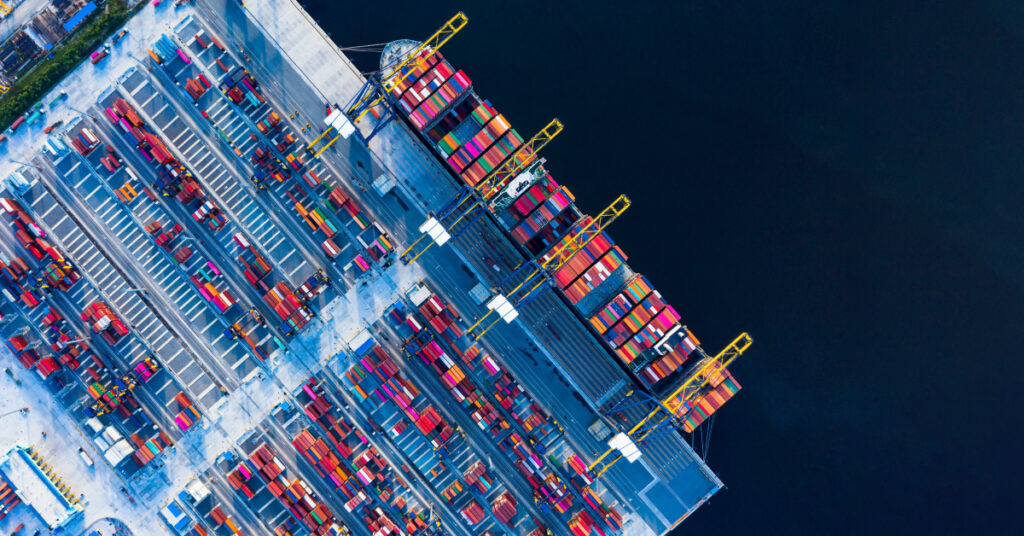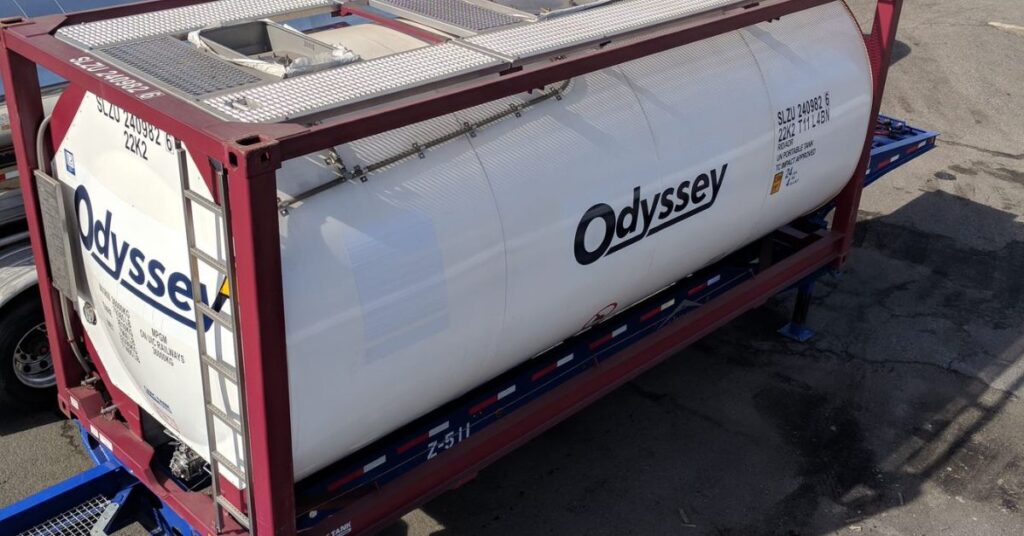As shippers worldwide rush to contain the immediate impacts of the Covid-19 outbreak, they should also be keeping an eye on the future and preparing for it now.
As supply chains worldwide brace for the impacts of Covid-19, companies are dealing with both the immediate and future implications of this global coronavirus outbreak. Where temporary business shutdowns, truncated store hours, and homebound employees are some of the most obvious concerns in the U.S. right now, there are also long-term, global implications to consider when planning for the future.
“U.S. shippers need to prepare for a trucking price shock at some point this year as the impact of the coronavirus disease 2019 (COVID-19) ripples from Chinese factories to US distribution centers and manufacturing plants,” JOC points out in Coronavirus blurs trucking’s 2020 vision.
“Many shippers, carriers, and brokers expect the truckload market to shift in 2020, with capacity tightening and rates rebounding after plummeting last year from 2018’s unprecedented peaks,” JOC continues. “The questions have been how swiftly will this shift take place, when will it begin, and how high will prices rebound? The impact of the coronavirus on international and domestic supply chains brings a sharp focus to those questions.”
Preparing for the Uncertainty
Intermodal rail volumes eastbound from Los Angeles are down 36% since the beginning of February and are 22% lower than last year’s Chinese New Year-related trough. According to Freightwaves, trucking spot rates from Los Angeles to Dallas are down 12% since Feb. 2, while rates in the opposite direction are up 24% in the same period. “In other words, the trucking spot market is pricing in softness in Los Angeles, treating it like an undesirable backhaul market instead of the abundant source of freight that it usually is,” the publication reports.
“Consumers are buying dry and canned foods, bottled water, paper products, and disinfectants at higher rates than normal, pushing up truckload demand across a broad swath of freight markets in the United States,” Freightwaves adds. “It’s unclear how long that spike will last, or whether it will be followed by a deep trough if inventories run out or quarantined people simply buy less.”
Over the Sea
According to Chennai-based FreightBro, when freight demand rebounds, capacity will likely become extremely tight, which could, in turn, have an inevitable knock-on effect on freight rates. “With the head haul being impacted from China, we can estimate a dearth of empty equipment availability across the world,” a company spokesperson told JOC.
“This shortage of equipment will have an impact on exports owing to the huge imbalance that is anticipated,” he continued, “and equipment leasing companies cannot fill in for this large-scale demand.”
Current Operations
The carrier community is navigating through similar challenges, and in some cases greater challenges, as the shipping community.
- Carriers will likely embargo services to certain areas of the country based on the significance and risk of exposure to COVID-19, thereby limiting their service coverage.
- As Odyssey is informed regarding any service embargos, we will advise our clients immediately.
- The U.S. Department of Transportation’s Federal Motor Carrier Safety Administration (FMCSA) issued a national emergency declaration to provide hours-of-service regulatory relief to commercial vehicle drivers transporting emergency relief in response to the nationwide coronavirus (COVID-19) outbreak.
- FMCSA’s declaration provides for regulatory relief for commercial motor vehicle operations providing direct assistance supporting emergency relief efforts intended to meet immediate needs for:
- Medical supplies and equipment related to the testing, diagnosis and treatment of COVID-19.
- Supplies and equipment, including masks, gloves, hand sanitizer, soap and disinfectants, necessary for healthcare worker, patient and community safety, sanitation, and prevention of COVID-19 spread in communities.
- Food for emergency restocking of stores.
- Equipment supplies and persons necessary for establishment and management of temporary housing and quarantine facilities related to COVID-19.
- Persons designated by Federal, State or local authorities for transport for medical, isolation or quarantine purposes.
- Personnel to provide medical or other emergency services.
- Carriers could experience a personnel shortage, which will disrupt carrier networks, create coverage challenges, and delay deliveries.
- Carriers will likely experience an imbalanced network as a result of trucks not unloading as scheduled, shortage or equipment, etc. which will lead to both pick-up coverage challenges and delayed deliveries.
What steps Odyssey is taking:
- We are actively monitoring the market in real time to include transportation and logistics news publications.
- Generally, and at this time, we are seeing stability, but there is uncertainty to how the market will continue to respond as the situation worsens.
- We are monitoring the data for carrier load acceptance and delivery performance, particularly in markets hit hard by the virus.
- As each shipment transaction and overall situation is fluid, we are committed to continue to execute shipment coverage via a recovery or alternate option as the situation dictates.
What our clients can do:
- Please keep Odyssey informed of any changes with your shipping sites and customer delivery locations, i.e. reduced hours of operations or closures.
- Communicate any issues that arise to Odyssey Management, so they can be reviewed and addressed in real time.
- Encourage customers to over-order and keep higher levels of safety stock.
- Longer lead-times will be beneficial for securing coverage and booking the lowest cost option.
- Short lead-times will likely lead to higher cost rates.
- Odyssey is starting to see spot market inflation.
6 Steps to Take Over the Next 6+ Months
In a recent supply chain brief, Gartner outlines the most important short- and long-term steps that all companies should be taking to shore up their supply chains. Where supply chain disruption monitoring, supplier risk assessments, and contract reviews are important steps to be taking now, Gartner tells companies to implement these longer-term strategies:
Timeline: One to Three Months
- Focus on balancing supply and demand, building buffer stock as necessary as part of the business continuity strategy, especially with the unpredictable volatility of material and logistics in the force majeure context.
- Assess opportunities and start to diversify suppliers now to ensure raw material security and manufacturing capacity.
- Establish a congruent risk management approach to monitor and prepare for potential material and manufacturing capacity shortages, working with internal stakeholders and strategic and critical suppliers.
Timeline: Three to Six Months (or more)
- Implement and utilize enhanced risk management, including scenario planning to create preemptive action plans.
- Tackle strategic and concentrated supplies at risk to reduce exposure of value when internal risk capacities, such as alternative sources, routes, inventory, and cash reserves, aren’t sufficient enough to mitigate any major disruption.
- Review your new product introduction (NPI) process and utilize design measures to discover or develop alternative sources and routes in order to diversify your value chains.
An Eye on the Future
It’s time to start thinking about how to set up a fluid, flexible supply chain for the remainder of the year and into 2021. Here at Odyssey Logistics, our experienced staff, business partners, and carriers are already planning for the future. As businesses get back up to speed, China revs up its manufacturing engine, and shipping capacity fills back up, we’ll be supporting our customers with flexible, reliable logistics options that accommodate their fluctuating needs.
Follow Odyssey’s Covid-19 information center for the most up-to-date details available.








